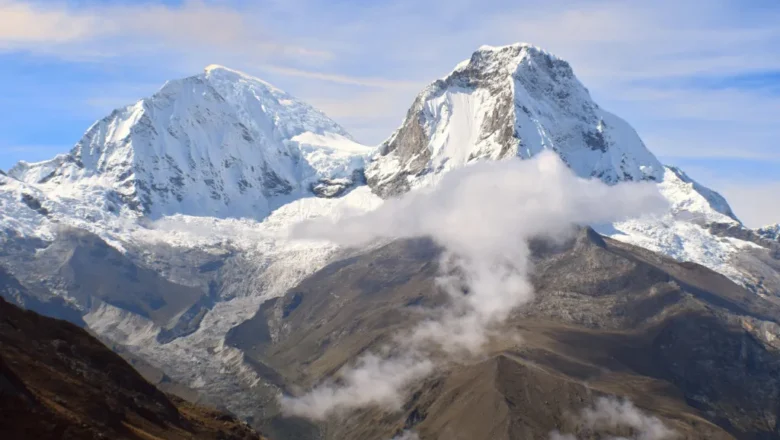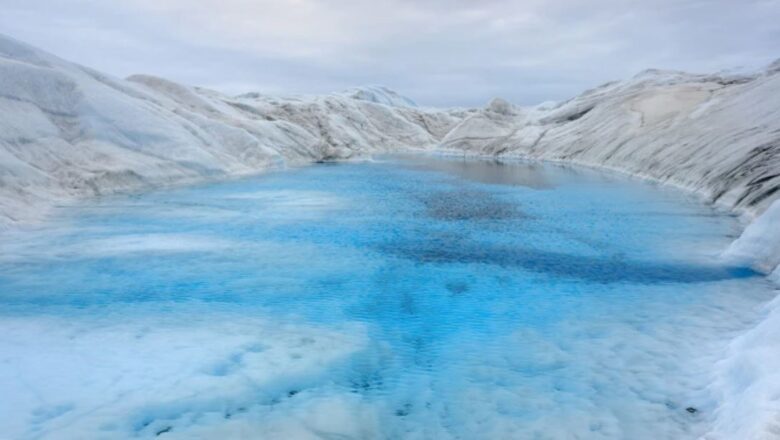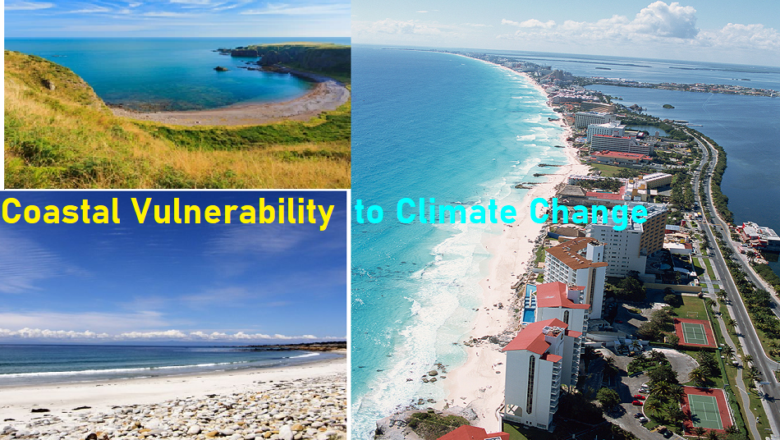
Swiss Glaciers Face Another Tough Year as Winter Snow Cover Drops 13% Below Average
Despite heavy snowfall in 2024, new report warns of accelerating glacier melt and rising sea-level threats due to global warming and snow deficits
Switzerland glaciers are once again bracing for a tough summer as a new report reveals that winter snow cover was 13% lower than the 2010–2020 average a worrying sign of their deepening vulnerability to climate change. The finding comes from Glacier Monitoring Switzerland (Glamos), whose latest assessment shows that the glaciers continue to suffer rapid losses even in years with significant snowfall.
According to Glamos data Swiss glaciers lost 10% of their total ice volume in just two years 2022 and 2023 marking the steepest decline since records began. The current snow deficit though less severe than the two previous dry winters stil...






